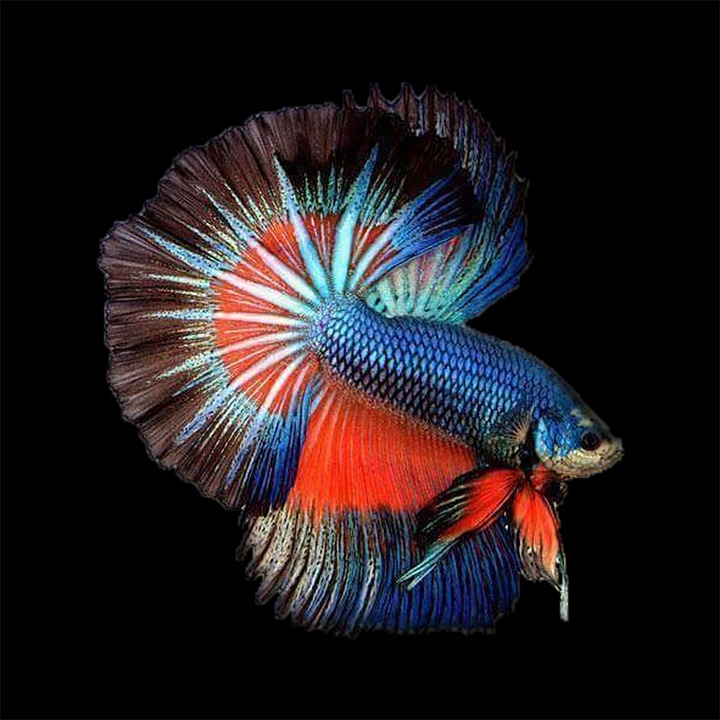Creating a healthy and disease-resistant environment for your fish is crucial for any aquarium enthusiast. While there are numerous factors that contribute to fish health, understanding and observing stress behavior in your fish tank can be the secret to preventing diseases and maintaining a thriving aquatic ecosystem. In this article, we will delve into the importance of stress management, explore common stressors, and provide practical tips to ensure the well-being of your fish.
Stress management plays a significant role in fish health. Stress can weaken the immune system, making fish more susceptible to diseases. When fish are stressed, their bodies release stress hormones, such as cortisol, which can suppress their immune response. This makes them more vulnerable to infections and other health issues. By actively managing stress in your fish tank, you can help boost their immune system and reduce the risk of diseases.
There are several common stressors that can affect fish in a tank. Poor water quality and imbalanced parameters, such as high ammonia or nitrate levels, can cause stress and negatively impact fish health. Incompatible tank mates and overcrowding can also lead to stress, as fish may be subjected to aggression or territorial disputes. Inadequate or excessive lighting, improper diet and feeding habits, inconsistent or unsuitable water temperature, as well as insufficient hiding spots and lack of enrichment can all contribute to stress in fish.
Observing stress behavior in fish is vital for early detection and intervention. Physical signs of stress can include changes in coloration, fin deterioration, or abnormal growths. Behavioral changes like increased aggression, lethargy, loss of appetite, or excessive hiding can also indicate stress in fish. Stress can lead to a variety of diseases, such as ich, fin rot, or dropsy, so it is essential to be vigilant and watch out for such symptoms.
To effectively manage stress in your fish tank, there are several practical tips you can follow. Maintaining excellent water quality by regularly testing and maintaining appropriate parameters is crucial. Ensuring a well-designed and appropriately sized tank with adequate space for each fish species is also important. Providing a balanced and nutritious diet that meets the specific needs of your fish can contribute to their overall well-being. Regular monitoring and maintenance routines, as well as reducing stress during tank cleaning and maintenance, can also help alleviate stress in fish. Creating an enriched and stimulating environment with hiding spots, plants, and appropriate tank decorations provides fish with mental stimulation and reduces stress levels.
In the frequently asked questions section, readers can find answers to common queries related to stress management in fish tanks. These questions cover topics such as water quality testing, stress-related diseases, contagious stress, transportation and acclimation, natural remedies and supplements, reversing stress behavior, species susceptibility, and frequency of stress assessment.
In conclusion, understanding and observing stress behavior in your fish tank is crucial for preventing diseases and creating a healthy environment for your aquatic pets. By implementing stress management techniques, maintaining optimal water quality, and providing a suitable habitat, you can contribute to disease-resistant fish and a thriving aquarium ecosystem. Remember, a stress-free fish is a healthy fish!









